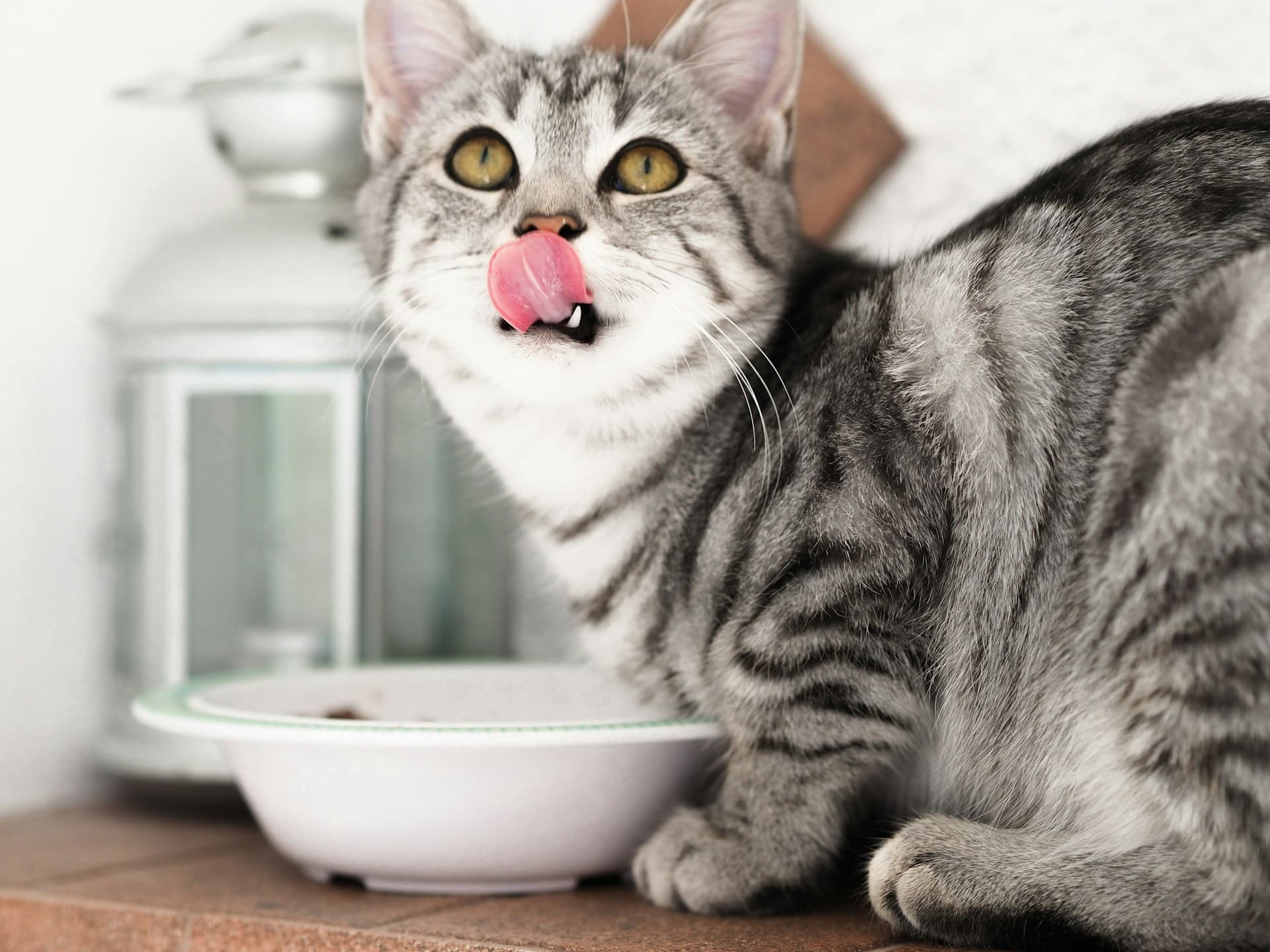Feeding your feline friends can seem like a science in itself. One day you’re told dry food is the way to go, the next day canned food steals the show. Currently, the raw food diet is taking the pet world by storm. But what exactly are the health benefits of a raw diet for cats? Let’s delve into this hot topic and shed some light on the situation.
The Concept of Raw Diets for Cats
Before we can discuss the benefits of a raw diet, it’s crucial to understand what this diet entails. Raw diets, also known as biologically appropriate raw food (BARF) or prey model raw (PMR) diets, are based on feeding pets food that replicates what they would eat in the wild. This mainly includes meat, bones, and organs from various animals, as well as some fruits and vegetables.
A lire en complément : What are the best non-clumping litters for kittens?
The concept of raw feeding originated from the idea that domestic pets would thrive on a diet similar to that of their wild ancestors. This idea was further supported by the fact that commercial pet foods have been linked to several health issues in pets including obesity, diabetes, and dental diseases.
Health Benefits of Raw Diets
Now that you understand what a raw food diet entails, let’s explore the numerous health benefits this feeding strategy can offer your feline companions.
A lire en complément : How to train a dog not to chase cars?
Improved Digestive Health
One of the most significant benefits of a raw food diet is improved digestive health. Cats have a short, acidic digestive tract which is tailored for metabolizing raw meat. Traditional commercial diets, laden with carbohydrates, can be harder for cats to process, leading to digestive issues. Raw diets are more in line with a cat’s biological makeup, resulting in healthier digestion.
Enhanced Coat and Skin Condition
Another noticeable benefit of a raw food diet is an enhanced coat and skin condition. Cats on raw diets tend to have softer, shinier coats and healthier skin. This is because raw diets are rich in essential fatty acids, which are vital for maintaining healthy skin and a lustrous coat.
Dental Health
Feeding your cat a raw diet can also improve its dental health. Unlike dry kibble, which can stick to a cat’s teeth and cause tartar buildup, raw meat requires cats to chew, scraping off plaque and tartar. This can help prevent dental diseases, a common problem in domestic cats.
Scholar and Veterinary Opinions on Raw Diets
Although raw diets offer numerous health benefits, they also come with their share of controversy. Scholars and veterinarians often have differing opinions on this feeding strategy. Some vets advocate for raw diets, citing the numerous health benefits they provide. Others caution against them due to potential risks such as bacterial contamination and nutritional imbalances.
Google Scholar and PubMed are filled with studies examining the impact of raw diets on pet health. Some studies suggest raw diets can improve cats’ overall health and longevity. Others warn of the risk of nutrient deficiencies or excesses, as it can be challenging to balance a raw diet correctly. They also highlight the risk of bacterial contamination, which can pose a threat not only to pets but also to their human companions.
While the debate continues, it’s clear that more research is needed to fully understand the potential benefits and risks of raw diets for pets.
Making the Switch to a Raw Diet
If you’re considering switching your cat to a raw diet, it’s crucial to do it gradually. An abrupt change in diet can cause digestive upset. Start by slowly introducing raw food into your cat’s current diet, gradually increasing the amount of raw food over time.
It’s also essential to balance the diet correctly. A raw diet for cats should consist primarily of meat, but also include organs and bones. A small amount of fruit and vegetables can also be included. Consult with a veterinary nutritionist to ensure your cat’s diet meets all their nutritional needs.
And remember, while raw diets offer numerous benefits, they are not suitable for all cats. Sick, elderly, or immunocompromised cats may not be able to handle a raw diet. Always consult with your vet before making significant changes to your pet’s diet.
With a well-balanced raw diet and the correct implementation, your cat could reap the numerous health benefits associated with this feeding strategy. But remember, every cat is unique, and what works for one might not work for another. It’s all about finding what keeps your feline friend purring with health and happiness.
The Potential Risks of Raw Diets
While we’ve explored the many potential health benefits of a raw diet, it’s crucial to also consider the potential risks. As with any diet, there can be downsides, and raw diets are no exception.
One concern with raw diets is the risk of bacterial contamination. Raw meat can carry harmful bacteria like E. coli and Salmonella, which can be problematic not only for your cats but also for you and your family. Regular handling of raw meat can increase the risk of cross-contamination in your kitchen.
Another potential risk is nutritional imbalance. While raw diets aim to mimic a cat’s natural diet, achieving the right balance of nutrients can be challenging. Cats require a very specific ratio of protein, fat, and various nutrients. It’s easy to overlook the importance of these nutrients and provide a diet that is too high in protein and fat, but lacking in essential vitamins and minerals.
Moreover, raw diets can pose a choking hazard. Bones, one of the components of a raw diet, can be dangerous if not prepared correctly. Small, sharp bone fragments can cause choking, or potentially damage your pet’s digestive tract.
Conclusion: Balancing Benefits and Risks
The raw food diet is a hotly debated topic in pet nutrition. Some swear by its numerous health benefits, including improved digestive health, enhanced coat, and skin condition, and improved dental health. However, others raise valid concerns about potential risks such as bacterial contamination, nutritional imbalances, and choking hazards.
It’s clear that more research is needed to fully understand the potential benefits and risks of raw diets for cats. Currently, evidence from resources such as Google Scholar and PubMed is mixed. Some studies suggest benefits, while others highlight potential risks.
As a cat owner, your job is to make informed decisions about your pet’s nutrition. If you’re considering transitioning your cat to a raw diet, it’s crucial to do it slowly and under the guidance of a veterinary nutritionist. They can help you to balance the diet correctly, reducing the risk of nutritional deficiencies or excesses.
Remember, every cat is unique. What works for one might not work for another. The ultimate goal is to find a diet that keeps your cat healthy, happy, and full of life. Whether that’s a raw diet, a commercial pet food diet, or a mix of both will depend on your individual cat, their health status, and their specific nutritional needs.
In conclusion, raw diets for cats can offer numerous health benefits, but they also come with significant risks. As a responsible pet owner, it’s your duty to weigh these benefits and risks carefully, and make the best decision for your feline friend.











